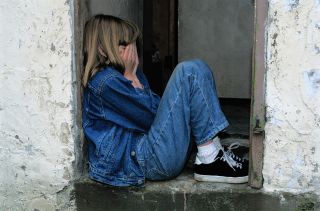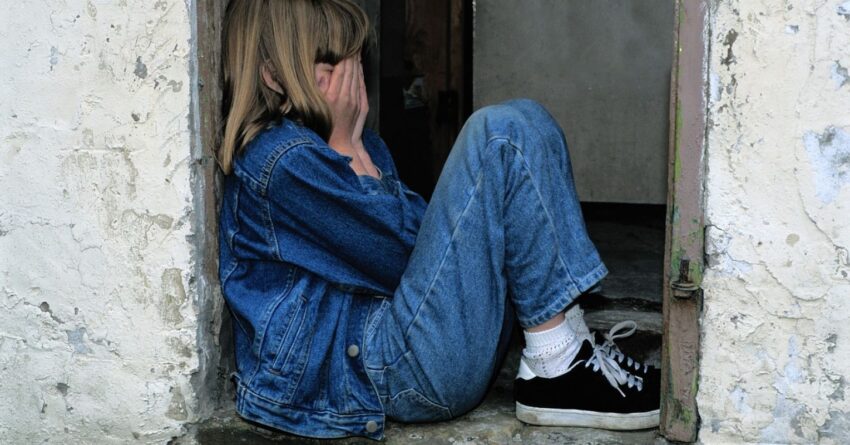
child is sitting jeans
rubberduck1951/Pixabay
Many of our children experience shyness, either by temperament or in certain situations. This is entirely normal and expected.
For a select group of children and adolescents, however, this experience is actually painfully debilitating. This can limit their capacity for friendships, inhibit their readiness for new experiences, and hurt their academic performance.
The clinical name for this experience is social phobia, although most people understand it better as social anxiety. According to the National Institute of Mental Health, the lifetime prevalence of Social Anxiety Disorder is a little over 9%, with the average age of onset falling between the early and mid-teens, but some experts believe the age of onset can be even younger, as early as 7. So how do we know when a child is merely shy or whether something more problematic is going on that might need intervention?
Without listing the full diagnostic criteria for social anxiety disorder, the key parts are related to a marked fear or anxiety about one or more social situations in which the individual is exposed to possible scrutiny by others. Examples include social situations (e.g., having a conversation, meeting new people); being observed (e.g., eating or drinking); or performing in front of others (e.g. participating in a spelling bee or giving a presentation in front of the class). The fear of these situations can be very intense. Younger children may cry, cling, or freeze. Adolescents create something of an imaginary audience. There is often a fear of showing anxiety, and thereby being rejected, embarrassed, or negatively evaluated by others. In almost all situations, the child or adolescent tries to avoid the dreaded situation. This is both understandable (who would not want to avoid something painfully upsetting?) and self-reinforcing, as it confirms that the only way out of the anxiety is continued avoidance.
Thus, not surprisingly, the first line treatment is exactly the opposite: to confront the feared stimulus. How this is done can be more involved. Forcing a child into a feared situation can become traumatic so it will be important to set the stage for success, either by setting small, incremental goals or creating a plan with a professional. Direct exposure would be under the title of cognitive behavioral therapy (CBT) whereas gaining insight into these, often unconscious, fears would be explored in psychodynamic or psychoanalytic therapy.
In my practice as a clinical psychologist, I am particularly concerned about school avoidance. Once a child or adolescent decides not to attend school, and the parents go along with it, every day thereafter can become a struggle. The child has learned that not going to school is actually a possibility and that this action (or inaction) will reduce their anxiety. Instead, it is important to work closely with the school to help support the child in their regular attendance. Maybe they can be allowed more frequent breaks, or perhaps they are permitted to visit the school counselor when feeling overwhelmed. These measures help set the child up for success, while also validating their subjective experience of a very painful level of anxiety.
Fortunately, scientists are learning more about social anxiety and its neural mechanisms. It has been proposed that individuals with social anxiety might have hypersensitive amygdalae (the part of the limbic system that processes emotional responses such as fear, anxiety, and aggression). Another suggestion is that the regions of the brain that process physical pain (the anterior cingulate cortex) might also contribute to the experience of “social pain.” As with many disorders, more research needs to be done to better understand social anxiety. In the meantime, it might be comforting for a parent to know that this disorder is relatively common and generally treatable with the right set of tools.
To find a therapist, visit the Psychology Today Therapy Directory.
